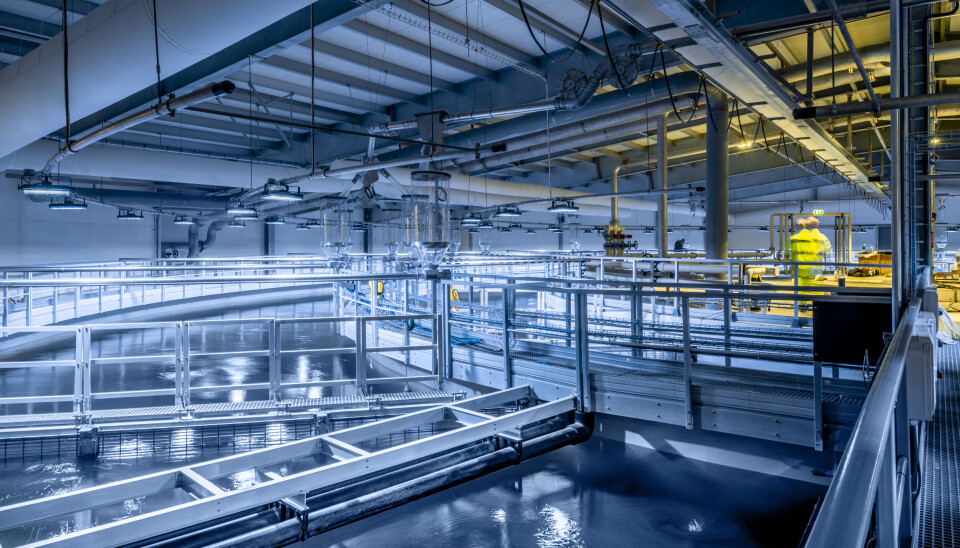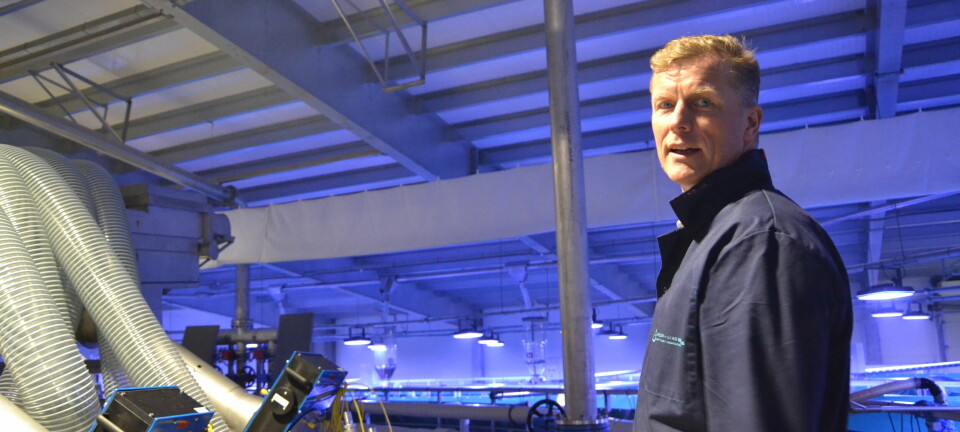
First yellowtail kingfish are stocked in former salmon farm
Norwegian producer completes species switch at land-based facility in Fredrikstad
Nordic Kingfish, formerly known as Fredrikstad Seafoods, has announced on its Instagram account that it has stocked its first yellowtail kingfish in its recirculating aquaculture system (RAS) facility at the mouth of Norway’s longest river, the Glomma, on the outskirts of Fredrikstad, south of Oslo.
At the beginning of 2019, the company released its first salmon smolts in the facility, but in February last year it announced that it was going to move away from salmon and instead focus on kingfish (Seriola lalandi).
The company said at the time that it had experienced challenges related to the Covid-19 pandemic which affected the entire production period for its salmon. And not least, the company was hit hard by increased energy prices.
Humbler in Humboldt
In April, it also became known that the parent company Nordic Aquafarms had shelved plans for a 33,000-tonne RAS facility in California and instead plans to build a much smaller facility for kingfish on the site, starting at 2-3,000 tonnes in the first phase and possibly increasing to 10,000 tonnes.
The company is currently in the process of obtaining a permit to build a RAS facility at the site on the Samoa Peninsula in Humboldt County, Northern California, and expects the process to be completed within 15 months.
Bernt-Olav Røttingsnes, chief executive of Nordic Kingfish’s parent company, Nordic Aquafarms, has previously told one of Fish Farming Expert’s Norwegian sister sites, LandbasedAQ, that the conversion will not be particularly complicated, as the layout of the plant will be the same.
Electric shock
Last autumn, Norway also experienced what became known as the electricity crisis. The war in Ukraine led to a shortage of electricity in Europe and although Norway produces plenty of hydropower in the north, commitments to export that electricity led to prices at home also rising, especially south of the Sognefjord.
Despite the fact that Nordic Kingfish’s facility is located south of this line, Røttingsnes believes the switch to kingfish means the company can cope with high electricity prices better than before.
“The only difference is that the water for yellowtail should be at 20-24 degrees, while the salmon has been at 12-13 degrees. This heat difference means that the kWh per kilogram of fish will be lower for yellowtail than for salmon, as you don’t have to use a lot of energy to cool the water,” Røttingsnes previously told LandbasedAQ.
Strong prices
Røttingsnes also pointed out at the time that prices for kingfish have become stronger and at this time last year the prices were between NOK 150-170 per kilo.
Nordic Kingfish already produces yellowtail at a RAS grow-out facility Hantsholm, Denmark, and has broodstock and a hatchery by the Limfjord, also in Denmark. The company says it has capacity to produce 3,000 tonnes of fish annually and has room at its sites for further growth.























































